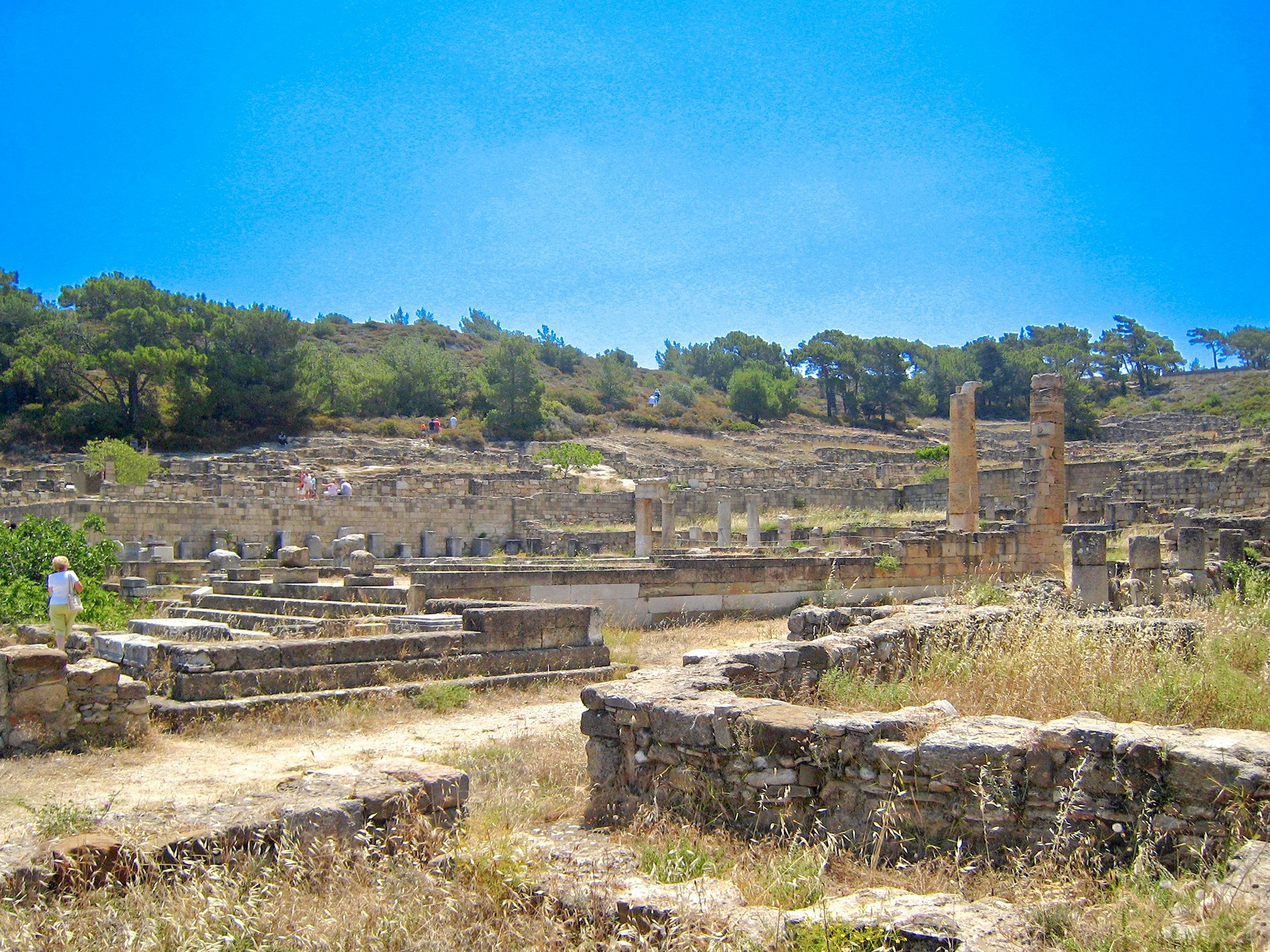The Cyclopean walls of Mycenae were built with limestone boulders weighing up to 20 tons, stacked without mortar. These walls, up to 8 meters thick, enclosed the citadel and funneled access through narrow gates like the Lion Gate. The layout followed axial planning, forcing movement through guarded, linear paths — a clear blend of defense and control.

